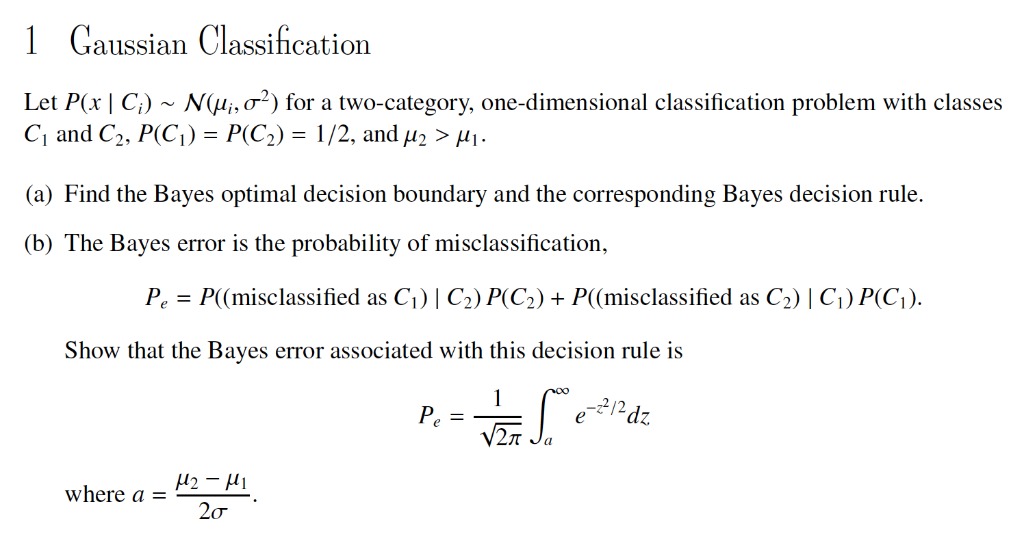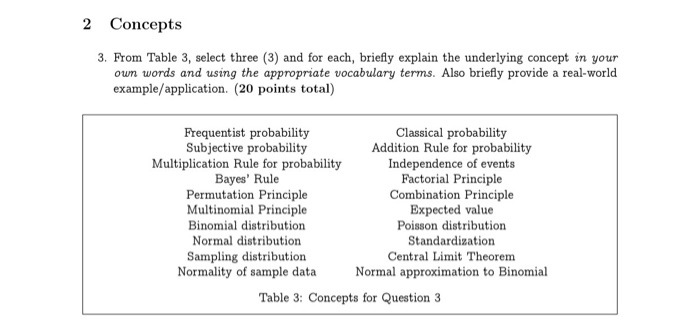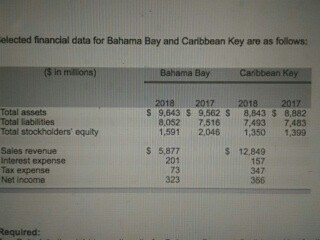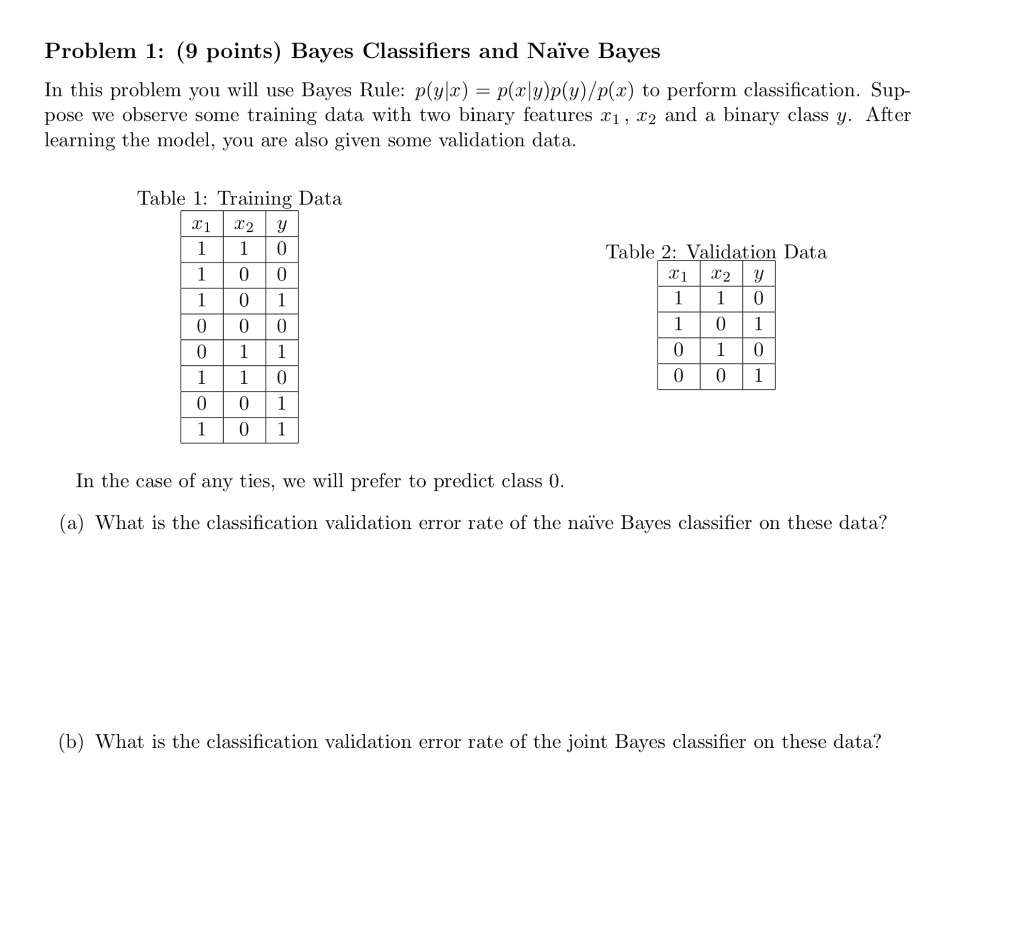Question
Consider the symmetric simple random walk at two timepoints: n and n + m. Find ?(Sn, Sn+m). What happens as m ? ? for fixed
Consider the symmetric simple random walk at two timepoints: n and n + m. Find
?(Sn, Sn+m). What happens as m ? ? for fixed n and as n ? ? for fixed m?
Explain intuitively.
23 Consider the simple random walk with p 6=
1
2
. Use the law of large numbers to argue
that Sn goes to ?? if p
2
and to ? if p > 1
2
.
24 Consider a symmetric simple random walk with reflecting barriers 0 and a, in the sense
that p0,0 = p0,1 =
1
2
and pa,a?1 = pa,a =
1
2
. (a) Describe this as a Markov chain
and find its stationary distribution. Is it the limit distribution? (b) If the walk starts
in 0, what is the expected number of steps until it is back? (c) Suppose instead that
reflection is immediate, so that p0,1 = 1 and pa,a?1 = 1, everything else being the
same. Describe the Markov chain, find its stationary distribution ?, and compare with
(a). Explain the difference. Is ? the limit distribution?
25 Consider a variant of the simple random walk where the walk takes a step up with
probability p, down with probability q, or stays where it is with probability r, where
p + q + r = 1. Let the walk start in 0, and let ?1 be the time of the first visit to 1. Find
P0(?1
26 Consider the simple random walk starting in 0 and let ?r be the time of the first visit to
state r, where r ? 1. Find the expected value of ?r if p > 1
2
.
27 Consider the simple random walk with p 6=
1
2
, starting in 0 and let
?0 = min{n ? 1 : Sn = 0}
the time of the first return to 0. Use Corollary 8.3.2 to show that P0(?0
2 min(p, 1 ? p).
28 Consider the simple random walk with p > 1
2
started in state 1. By Corollary 8.3.2
"reversed," the probability that the walk ever visits 0 is (1 ? p)/p. Now let the initial
state S0 be random, chosen according to a distribution on {0, 1, ...} that has pgf G. (a)
Show that the probability that 0 is ever visited (which could occur in step 0 if S0 = 0)
is G((1 ? p)/p). (b) Now instead consider the probability that 0 is ever visited at
step 1 or later. Show that this equals G((1 ? p)/p) ? 2p + 1. (c) Let p =
2
3
and
S0 ? Poi(1). Compute the probabilities in (a) and (b) and also compare with the
corresponding probability if S0 ? 1.
29 Consider a three-dimensional random walk Sn where in each step, one of the six neighbors along the axes is chosen with probability 1
6
each. Let the walk start in the origin
and show that
P(S2n = (0, 0, 0)) =
1
6
2n X
i+j+k=n
(2n)!
(i!j!k!)2
and use Stirling's formula to conclude that the walk is transient.
30 Consider a branching process with mean number of offspring , letting Yn be the total
number of individuals up to and including the nth generation and letting Y be the total
number of individuals ever born. (a) For what values of is Y finite? (b) Express Yn




Step by Step Solution
There are 3 Steps involved in it
Step: 1

Get Instant Access to Expert-Tailored Solutions
See step-by-step solutions with expert insights and AI powered tools for academic success
Step: 2

Step: 3

Ace Your Homework with AI
Get the answers you need in no time with our AI-driven, step-by-step assistance
Get Started


